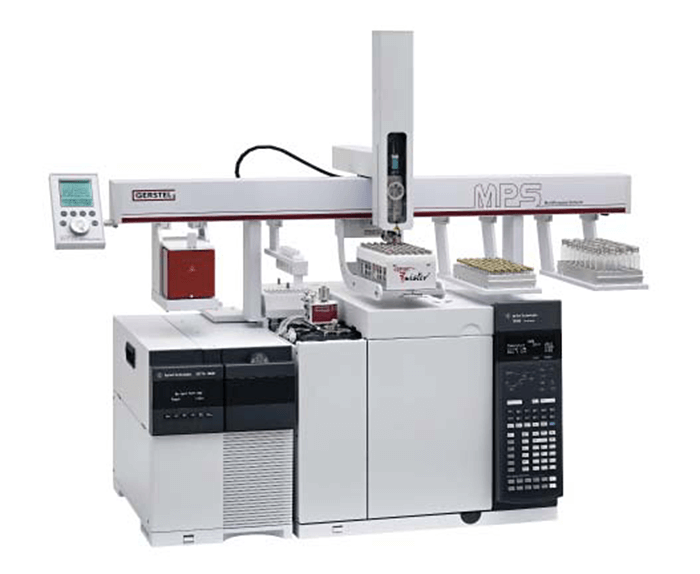Abstract
This application note describes the direct thermal desorption of desirable and undesirable aroma compounds from edible oils. The oil sample is placed in a microvial from where it is directly thermally desorbed using a GERSTEL Thermal Desorption Unit (TDU). Volatile compounds are transferred to the GC/MS system while leaving the non-volatile oil matrix behind in the microvial, preventing it from reaching and contaminating the GC inlet and the GC column. Different designs of microvials were evaluated for effectiveness of analyte transfer. Microvials with a slit at 1 cm from the bottom were found to be the best suited providing efficient and repeatable analyte transfer and sensitive determination of a wide range of compounds.

Introduction
The determination of aroma compounds in edible oils (olive oil, sunflower oil, fish oil etc.) is important for manufacturers and vendors of these products. Especially off-flavors derived from unsaturated fatty acid degradation such as, for example, hexanal, 2-(E)-nonenal and 2,4-(E,E)-decadienal are of interest. These compounds can compromise the taste and therefore the quality of a product even in the ng/g concentration range [1,2,3,4]. Sensitive and fast analysis methods, ideally combined with simple sample preparation, are needed. In 2008, GERSTEL developed a sensitive analysis method employing dynamic headspace sampling [5]. At that time direct thermal desorption from standard microvials placed in TDU thermal desorption tubes was also tested. Although the technique performed well for volatile analytes, the resulting sensitivity for high boiling compounds (e.g. 2,4-decadienal) was not satisfactory. In this project we returned to the microvial approach and evaluated different microvial designs to improve the transfer of high boiling compounds while maintaining the excellent performance for the volatile fraction.
 Figure 1. GC/MS system for thermal desorption of edible oils. GERSTEL Thermal Desorption Unit (TDU) mounted on a Cooled Injection System (CIS), PTV-type inlet and an Agilent GC 7890 / MSD 5977.
Figure 1. GC/MS system for thermal desorption of edible oils. GERSTEL Thermal Desorption Unit (TDU) mounted on a Cooled Injection System (CIS), PTV-type inlet and an Agilent GC 7890 / MSD 5977.




